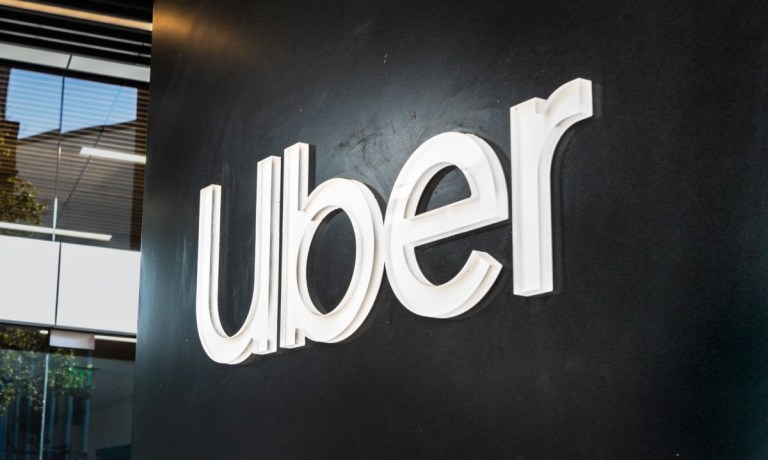Uber One Memberships Jump 78% as Company Eyes Non-City Growth

Uber is looking beyond major cities for growth amid a jump in its membership program.
The ride hailing/delivery company released quarterly earnings Thursday (Oct. 31) showing that its Uber One program now has more than 25 million members, a 70% increase year over year.
In addition, the company saw more than $1 billion in GAAP operating income for the first time in Uber history and is on track to deliver 20% growth in gross bookings on a constant currency basis for the full year.
During an earnings call with analysts, CEO Dara Khosrowshahi said the company was looking beyond major cities — places like New York and Sao Paulo — which continue to be its largest source of demand.
“But continuously, you know, we’ve seen that our growth outside of the core, in the boroughs of New York now extending into the suburbs or in secondary and tertiary cities, has been higher than, than the core itself almost accidentally,” he said.
“And this is true for mobility and delivery as well,” the CEO continued. “And really for us, the start of our focus on lens dense areas started with delivery, you know, in the US, especially if you look at non core cities, it’s 60, 70% of the market. So the majority of the market there, generally, it’s growing faster than city centers as well. So we’ve really started focusing on improving selection in those areas.”
Earlier this month, Uber launched a partnership with delivery robot/autonomous vehicle maker Avirde, allowing Uber Eats customers to get their food delivered by Avride’s sidewalk robots. The partnership launched in Austin with plans to expand to Dallas and Jersey City later this year.
The ride-hailing side of the partnership is expected to debut in Dallas sometime next year, allowing customers who request a delivery or ride from Uber Eats or Uber to have that trip or order fulfilled by Avride’s robots or vehicles.
PYMNTS examined the rise of robotaxis last month, writing they represent the “ideal” of fully autonomous vehicles in a shared, on-demand economy. In theory, these vehicles could revolutionize transportation in urban settings by delivering a convenient, and less costly alternative to owning a car.
“Robotaxis are also commonly seen as a solution to the ‘first-mile/last-mile’ problem in public transportation, providing a link between mass transit hubs and final destinations,” that report said. “This could lead to increased public transit use, reduced dependence on personal vehicles, and a more sustainable urban environment.”

